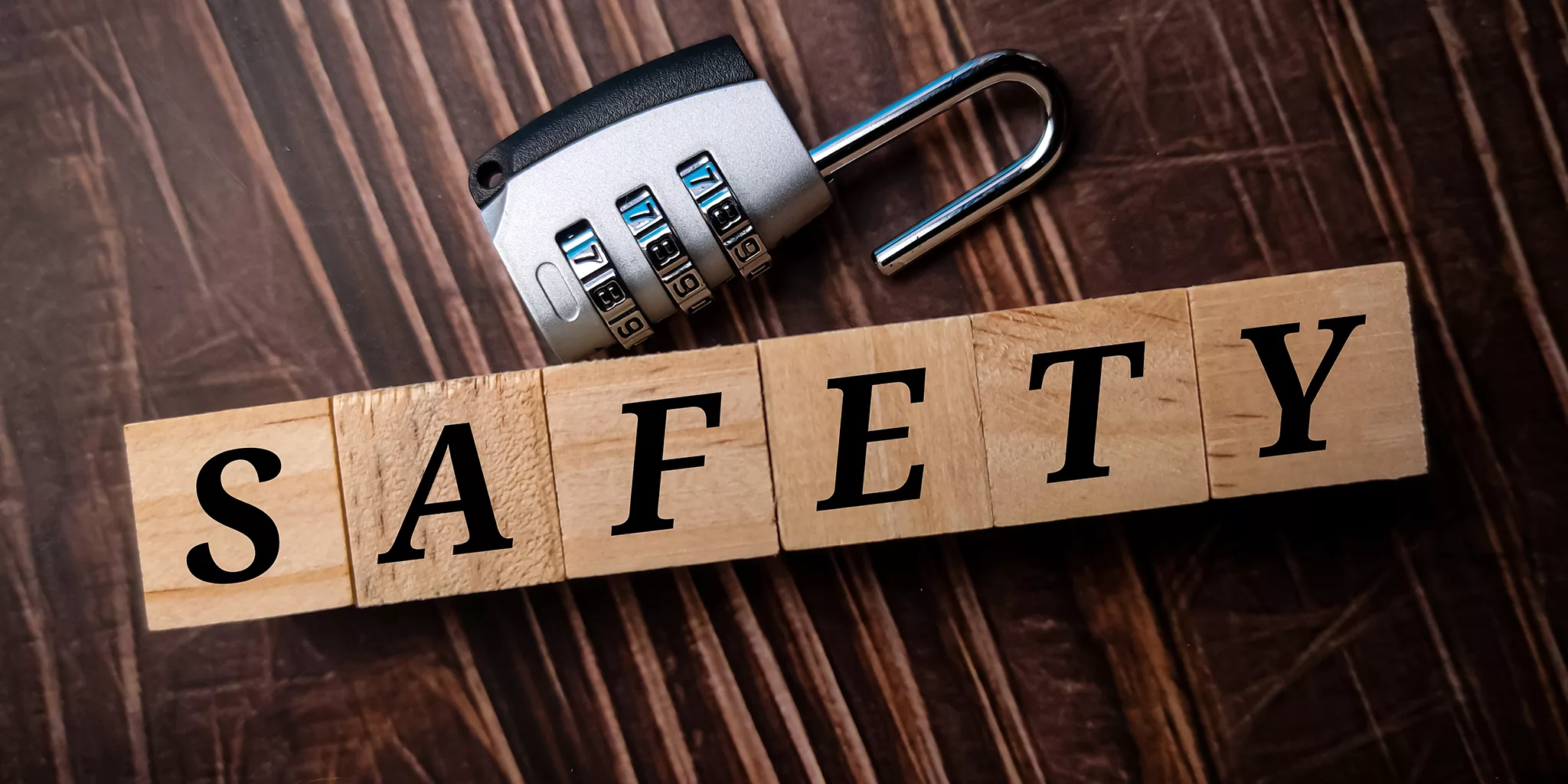The short answer is use Encryption, as it is really good as it allows data to be seen but still protected (if done correctly). The encryption process and algorithm just varies between in transit to at rest.
Protecting data when in transit is important to ensure that sensitive information is not intercepted and misused by unauthorized parties. One way to protect data in transit is by using encryption, such as HTTPS (Hypertext Transfer Protocol Secure) for web traffic or VPN (Virtual Private Network) for remote connections. HTTPS encrypts the communication between a web server and a browser, making it difficult for hackers to intercept and read the data being transmitted. VPNs create a secure connection between a remote device and a network, allowing for secure remote access to sensitive data.
Protecting data at rest is also crucial to ensure that stored information is not accessed or compromised by unauthorized parties. One way to protect data at rest is by using encryption for storage, such as on a hard drive or in the cloud. Encryption helps to ensure that even if the data is stolen or compromised, it will be difficult for hackers to read or use it. Additionally, implementing strong access controls, such as user authentication and authorization, can help protect data both in transit and at rest. Regular backups of the data can also be taken to protect against data loss. Also, using intrusion detection and prevention systems, and firewalls can also be used to protect data.
If you do not protect data in transit or at rest then there is a good chance the could be a data breach waiting to happen.
If you need some help implementing data in transit or data at rest protection feel free to contact us.



